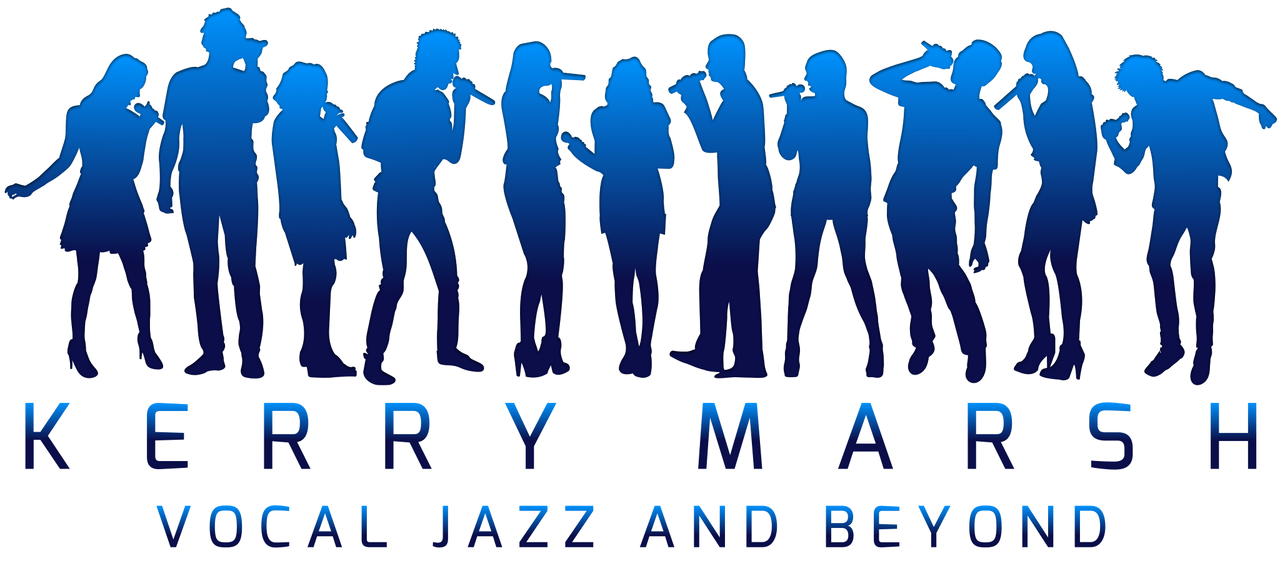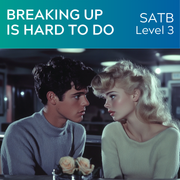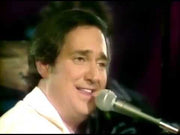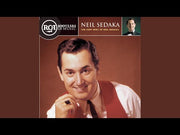Arrangement Info
Description
Voicing and Accompaniment
(at maximum divisi)
Solo Features
Performance Time
4m 50s
Meter and Tempo
12/8 @ 68
Lyric Summary
Suggested Programming Role(s)
Range Extremes
Composer(s)
Neil Sedaka and Howard Greenfield
Reference Artist and Style
Neil Sedaka / Pop (Original recording froom 1962 was Doo-wop, with a later ballad version recorded in 1975)
Demo Recording & Vocal Part Tracks Credits
Commission Credit
NA
Year of Release
2024
All Tracks Packs Explained (Including SkyTracks Mixers)
"All Tracks Packs"
When available for an arrangement at KerryMarsh.com, your purchase of an "All Tracks Pack" (with or without Sheet Music included) gives you access to:
1. Full Demo Recording
2. SkyTracks Mixer Access (description below)
3. Vocal Part Tracks
4. Minus-One Tracks
5. Accompaniment Track (accompanied arrangements only)
6. Recording Stems (otherwise unavailable on this site)
"Sheet Music & All Tracks Pack"
You'll receive pdf file including a link to download the Sheet Music pdf along with all the tracks listed above and an unlisted link to your SkyTracks Mixer.
"All Tracks Pack (No Sheet Music)"
You'll receive pdf file including links to download all the tracks listed above and an unlisted link to your SkyTracks Mixer. With this product, the sheet music will be available off-site only.
***
A SkyTracks Mixer gives you access to a special webpage with a MIXABLE Multi-Track player of all of the recorded parts of the demo for this arrangement.
You will receive a link to this page which you can share with your students so they can remotely access this versatile learning tool, which works in browsers on desktops and laptops as well as mobile devices.
Although SkyTracks Mixers are functional in most browsers, the developers HIGHLY recommend using a Chrome browser if possible due to its optimal handling of the high amount of audio data to be loaded. It's also recommended to close all other browser tabs while using a SkyTracks Mixer, for best results.
SkyTracks Mixers do not have looping, pitch change or tempo change functions currently, although the developers have expressed an interest in adding these capabilities when possible.
However, SkyTracks Mixers are otherwise highly versitile as a practice tool, displaying visible waveforms that help the user recognize the various sections of the arrangement that they may want to practice. They also allow for more options in hearing how different combinations of parts sound together, and for subtle adjustment of track levels for students evolving need for support during the learning process. They're also great help to vocal jazz groups missing a member in rehearsal, as their track can be used, along with any missing rhythm section parts. A metronome is included with most mixers as well, for a steady tempo reference.
Detailed instructions for how to best utilize SkyTracks Mixers for both personal practice and rehearsals are included in the SkyTracks info document you'll receive with your order.
CLICK HERE TO SEE AN EXAMPLE OF A SKYTRACKS MIXER.
(Chrome browser highly recommended for best SkyTracks Mixer performance.)
***
Policy Regarding SkyTracks Mixers as an ongoing "Live Service"
Due to the "live service" nature of the SkyTracks Mixer, hosted by SkyTracks.io (not affiliated with KerryMarsh.com), customers considering purchasing a SkyTracks Mixer Package should be aware that there is a very small chance in any given academic year that the SkyTracks.io servers may cease to operate, and access to SkyTracks Mixers may end without notice. Any purchased access to a SkyTracks Mixer is guaranteed for 12 months following the purchase, and in case of any permanent closure of the service, KerryMarsh.com will issue refunds in the amount of $5 for each SkyTracks Mixer access purchased.
Vocal Part Tracks Explained
Drastically reduce rehearsal time spent learning notes, and leave more time for music making!
"Vocal Part Tracks" are part-learning aids for vocal jazz ensemble members. Vocal Part Tracks are currently available for nearly the entire catalog and can be ordered on each arrangement's Product Page (like this one) for $25 per pack.
Vocal Part Tracks have each individual part (with all the various splits for S2 and Baritone divisi when used) mixed prominantly with the accompaniment parts (or other vocal parts) playing quietly for reference.
About splits/divisi
The majority of my arrangements have at least Soprano 2 splits, and some also have Baritone splits as well. In the case of a standard six-part SSATBaB arrangement, I'll include the following part tracks for your students:
(S1) Soprano 1 only
(S S2) Soprano splitting to Soprano 2
(A S2) Alto splitting to Soprano 2
(A) Alto only
(T) Tenor only
(T Ba) Tenor splitting to baritone
(B Ba) Bass splitting to baritone
(B) Bass only
Minus-One Tracks Explained
"Minus-One Tracks" are individual mp3 files of the full demo for each voice part (including all soprano 2 and baritone splits, when needed), in which the voice part is muted entirely, but the remainder of the parts are mixed normally.
There are multiple uses for these tracks:
1. Students can practice singing their parts along with all the other parts, helping them work on their independence and blending skills.
2. Directors may use these in class to check whether or not students have done their part-learning homework.
3. Directors may use these (or segments of these) for auditions
4. Soloists may use the NO SOLO track to practice lyric solos or improvisation.
Accompaniment Tracks Explained
Lacking an experienced student or professional rhythm section for performance and/or rehearsal?
Accompaniment Tracks can save the day!
"Accompaniment Tracks" (formerly known here as "Rhythm Tracks") are backing recordings for selected arrangements from my catalog, available for $25.
These can be hugely helpful in the rehearsal process, even if you'll eventually have a live rhythm section with you on your performances. Students can use the Accompaniment Tracks for sectional run-throughs when you're not with them, helping them memorize and internalize the music.
Of course, Accompaniment Tracks are also useful in situations in which your singers are ready for a certain level of vocal literature but you lack instrumental players to accompany them effectively.
One element of the Accompaniment Tracks that is worth note here is that there are spots in many of my accompanied arrangements that are acapella, and in these spots on the Rhythm Tracks, a subtle click track is added to keep the group with the track until the rhythm section returns. A click is also used for the count-in on arrangements that start with vocals at the very beginning.





